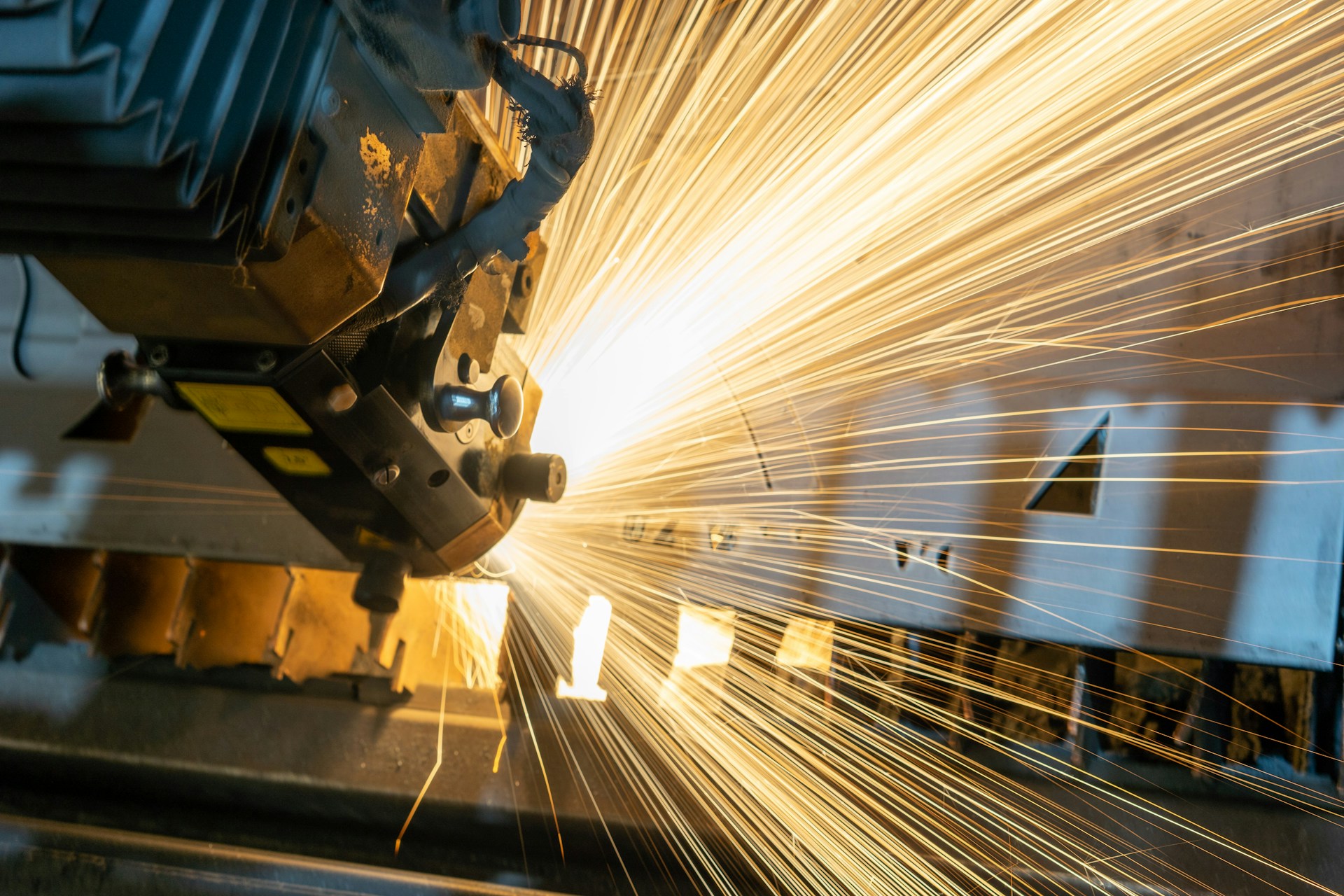Introduction to Metrology
Metrology, the science of measurement, underpins the technological advancements and manufacturing precision that define our modern world. The discipline ensures standardized measurements across various industries, enabling consistency and reliability in products, processes, and research.
Coordinate-Measuring Machines (CMMs)
Coordinate-measuring machines (CMMs) are sophisticated devices used to measure the geometry of physical objects with high precision. They utilize various types of probes, such as mechanical, laser, optical, and white light sensors, to capture critical-dimension data, crucial for ensuring product quality and process optimization.
Laser Scanners
Laser scanners offer a non-contact method to capture 3D data of objects, ideal for measuring complex shapes and delicate surfaces. They are known for their speed, accuracy, and versatility, rapidly capturing millions of data points for detailed inspections and reverse engineering.
Blue-Light 3D Scanners
Blue-light 3D scanners use blue LED light to capture the geometry of objects with exceptional precision. They are particularly useful for detailed inspections and quality control in industrial metrology, performing quick surface scans with resolutions in the range of a few microns.
CT Scanning
Computed Tomography (CT) scanning, or industrial X-ray, captures high-resolution images for precise measurement. It enables comprehensive inspections of internal structures, revealing hidden flaws such as cracks, blowholes, and other defects that might remain undetected by other methods.
Relevance in Advanced Manufacturing
In advanced manufacturing, metrology tools are indispensable. They bridge the gap between theoretical designs and practical applications, enabling the production of components with micrometer precision. This is crucial in sectors where the margin for error is negligible.
The Evolution of Manufacturing
The journey from traditional manufacturing methods to the cutting-edge technologies anticipated in 2050 has been marked by significant milestones:
- First Industrial Revolution: Mechanized production using water and steam power.
- Second Industrial Revolution: Mass production and assembly lines.
- Third Industrial Revolution: Advent of computers and automation.
- Industry 4.0: Fusion of digital technologies, the Internet of Things (IoT), artificial intelligence (AI), and data analytics.
Role of Metrology in Manufacturing 2050
Metrology will be a linchpin in the manufacturing processes of the future:
- Precision and Accuracy: As manufacturing processes become increasingly complex, the demand for precision and accuracy in measurements will escalate.
- Advanced Imaging Technologies: Continued development and integration of high-resolution 3D imaging and multispectral imaging for improved diagnostics and visualization.
- In-Process Metrology: Real-time monitoring and control of manufacturing processes to ensure quality and precision.
- Nanotechnology Applications: Precise measurements at the nanoscale level for highly sensitive diagnostic tools and miniature devices.
- Machine Learning and AI Integration: Enhanced data analysis and quality control.
- Digital Twin Technology: Virtual replicas for real-time monitoring and optimization.
- Augmented Reality (AR) for Metrology: Overlaying digital information during measurements.
- Wireless and IoT Connectivity: Seamless data sharing and remote monitoring.
Conclusion
Metrology tools are the enablers of innovation and the guarantors of quality in manufacturing and engineering. They represent the meticulous attention to detail required to push the boundaries of what is possible, ensuring that products meet design specifications and adhere to quality and safety standards.
This article comprehensively overviews metrology tools and their critical role in modern manufacturing processes. It highlights the evolution of these tools and their impact on quality and innovation, emphasizing their growing importance in the face of advancing manufacturing technologies.
Check out more articles!








